contributors
Strategic Infographics

all articles
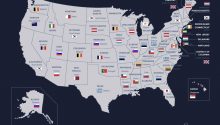

When it comes to health, education, and wealth, some U.S. states outrank Europe’s strongest economies – while others lag behind. Using the UN’s Human Development Index (HDI), we matched each state to its closest European counterpart, revealing unexpected parallels. See where your state lands in this transatlantic comparison.
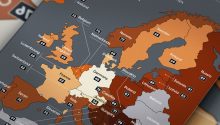

From Romania’s 96% homeownership rate to Switzerland’s 42%, Europe’s housing markets tell a story of culture, economics, and history.
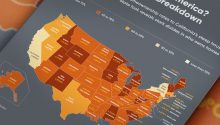

From West Virginia’s high homeownership rates to California’s steep housing challenges, a state-by-state look reveals stark divides in who owns homes – and who doesn’t.
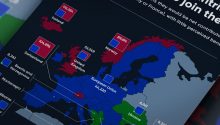

The European Union has reached a stage when all the candidate countries are Europe’s poorest states.


Only 47% of Americans say they are “very satisfied” with their lives, according to a Gallup survey. Interestingly, the state in which you live may have an impact on how happy you are. This infographic shows the 10 happiest vs. 10 unhappiest states.


For years, most European NATO members consistently fell short of the alliance’s 2% GDP defense spending target established in 2014. However, recent years have witnessed a dramatic reversal of this trend, with military expenditures rising sharply across the continent.
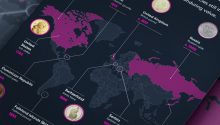

This infographic highlights the ten oldest currencies still in circulation today, showcasing their rich histories and enduring value.
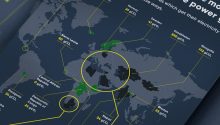

This infographic shows the countries which get their electricity in the most and least carbon-intensive ways.
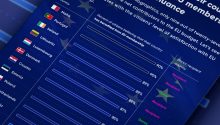

As shown in our previous infographics, only nine out of twenty-seven EU member states are net contributors to the EU budget. Let’s see how this correlates with the citizens’ level of satisfaction with EU membership.
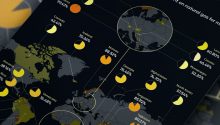

This infographic shows the countries reliant on hydropower for more than 40% of their electricity generation.



